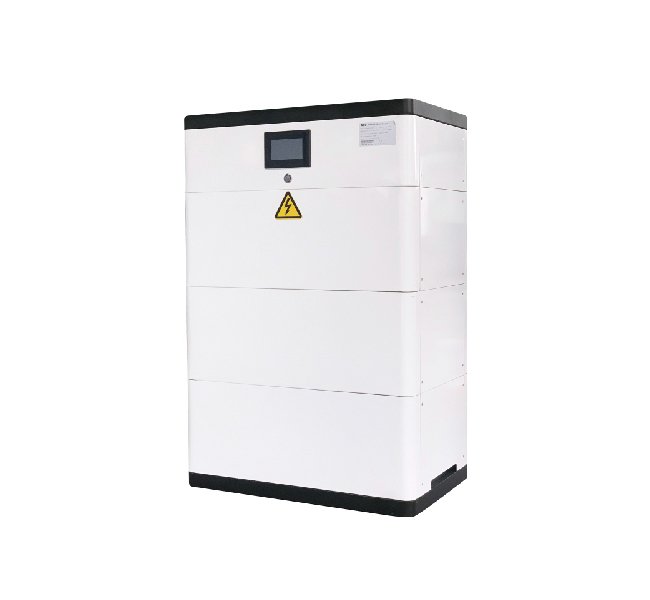As energy storage solutions continue to evolve, lead carbon batteries have emerged as a versatile option that combines the benefits of traditional lead-acid batteries with the advantages of advanced carbon technology. At DEG SOLAR ENERGY, we specialize in high-quality energy storage systems, including lead carbon batteries, designed to meet diverse energy needs. In this guide, we will explore how to choose the right lead carbon battery for your specific requirements.

What is a Lead Carbon Battery?
Lead carbon batteries are a type of lead-acid battery that incorporates carbon materials into the negative electrode. This innovative design enhances performance, increases cycle life, and improves charge acceptance compared to standard lead-acid batteries. They are particularly well-suited for applications requiring frequent cycling and deep discharges.
Key Advantages of Lead Carbon Batteries
1. Enhanced Cycle Life: Lead carbon batteries can withstand more charge-discharge cycles than traditional lead-acid batteries.
2. Improved Charge Acceptance: The addition of carbon allows for faster charging, making them ideal for renewable energy applications.
3. Better Performance in Partial State of Charge (PSoC): They perform well even when not fully charged, which is beneficial for applications with variable energy input.
4. Cost-Effectiveness: While they may have a higher upfront cost than standard batteries, their longevity and efficiency can result in lower total cost of ownership.
Factors to Consider When Choosing a Lead Carbon Battery
1. Application Requirements
The first step in selecting a lead carbon battery is to understand your specific application requirements:
- Energy Needs: Determine how much energy you need to store and how quickly you need it to be available.
- Usage Patterns: Consider whether your application will require frequent cycling or if it will be used primarily for backup power.
2. Capacity and Voltage
Lead carbon batteries come in various capacities and voltage ratings:
- Capacity: Measured in amp-hours (Ah), this indicates how much energy the battery can store. Choose a capacity that meets your energy needs while allowing for some overhead.
- Voltage: Ensure that the battery voltage matches your system requirements (e.g., 12V, 24V, or 48V).
3. Size and Weight
Consider the physical size and weight of the battery:
- Space Constraints: Ensure that you have adequate space for installation.
- Weight Considerations: If portability is essential, choose a lighter model without compromising performance.
4. Temperature Range
Lead carbon batteries operate effectively within specific temperature ranges:
- Operating Conditions: Ensure that the selected battery can function efficiently within the temperature conditions of your environment.
- Thermal Management: Some applications may require additional cooling or heating systems to maintain optimal battery performance.
5. Charging System Compatibility
Ensure that your charging system is compatible with lead carbon batteries:
- Charger Type: Use a charger specifically designed for lead carbon technology to maximize efficiency and lifespan.
- Charging Profile: Verify that the charger supports the appropriate charging profile for lead carbon batteries.
6. Brand Reputation and Quality
Choose a reputable manufacturer known for producing high-quality lead carbon batteries:
- Warranty and Support: Look for products backed by strong warranties and customer support services.
- Certifications: Check for industry certifications that indicate compliance with safety and performance standards.
At DEG SOLAR ENERGY, our lead carbon battery systems are designed with high-quality materials and advanced technology to ensure reliability and efficiency.
7. Cost Considerations
While lead carbon batteries may have a higher initial cost compared to traditional lead-acid options, consider the long-term savings:
- Total Cost of Ownership: Evaluate factors such as lifespan, maintenance costs, and energy savings over time.
- Incentives and Rebates: Investigate potential incentives or rebates available for renewable energy storage solutions.
Conclusion
Choosing the right lead carbon battery involves careful consideration of your specific needs, application requirements, and compatibility with existing systems. By evaluating factors such as capacity, voltage, size, temperature range, charging compatibility, brand reputation, and cost, you can make an informed decision that optimizes your energy storage solution.
At DEG SOLAR ENERGY, we are committed to providing high-quality lead carbon battery systems tailored to meet your unique needs. Our products are designed to enhance energy efficiency while contributing to sustainable practices in energy management.
If you have any questions or need assistance selecting the right lead carbon battery for your project, feel free to reach out! Together, we can harness the power of innovative energy storage solutions for a brighter future.
